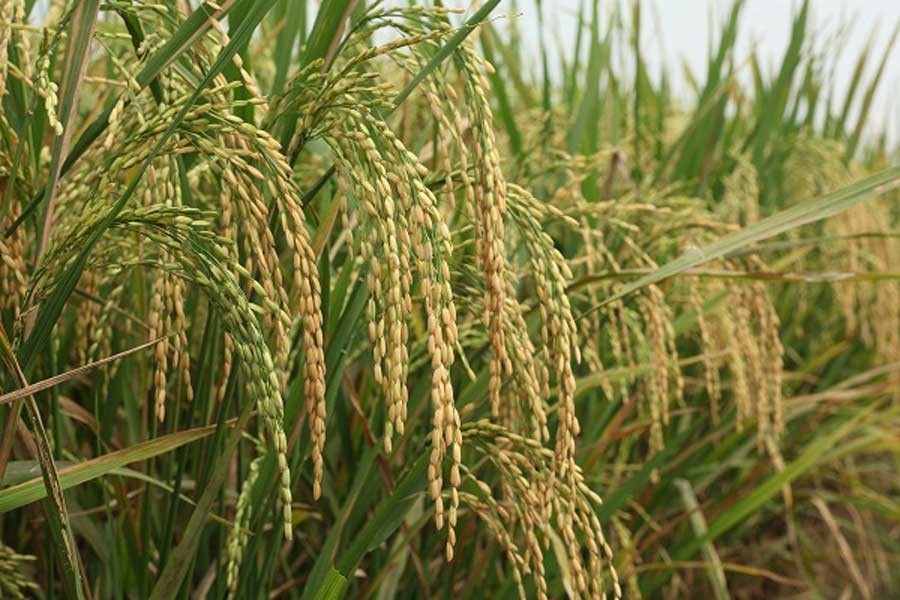The Ministry of Food has achieved something remarkable---it has procured 0.627 million tonnes of Aman paddy this year. The quantity is the highest in nearly two and a half decades. The ministry has also surpassed the target of procuring 0.6 million tonnes of paddy.
This was for the first time after 2010 the government reportedly purchased paddy alongside processed rice with the objective of benefitting the rice growers. The decision was taken in the wake of widespread criticism of the government for its failure to ensure fair price for farmers during the harvest time of major rice crops.
Rice growers had not been able to recoup even their production cost for the past few years despite the fact that the rates fixed by the government for procuring rice from them (farmers) were well above their cost of production.
It is rather an open secret that the directorate of food does not buy rice from farmers directly. Large millers are their procurement sources. The main reason for choosing the millers is that they supply fully processed rice that can be preserved in silos for a reasonable period of time. Naturally, farmers do not have the capacity to fulfil the requirement of the food directorate, in terms of supplying processed rice.
But this dependency on the millers, in fact, has given rise to the opportunity to exploit the rice growers.
The millers collect paddy through their agents at the field level. It is obvious they would want to procure paddy at low price with a view to maximising the profit they would earn by supplying milled rice to the government. The main reason for paddy price remaining at unusually low level, compared to the prices of milled rice, is the influence that the millers maintain at the ground level rice market.
One cannot be blamed for being sceptical about the government's latest move to benefit farmers by procuring paddy directly from the latter. The food ministry claims that its officials procured Aman paddy from the farmers who were on the lists supplied by the Department of Agricultural Extension officials and authenticated by the upazila procurement committees.
But the experiences gained from similar government moves in the past or ongoing safety net programmes in rural areas, it is hard to put faith in such lists and procurement on the basis of those.
It could be that here also the millers or the agents appointed by them had supplied paddy to the government. Why would not they? The supply of paddy in bulk would earn no less financial gain than that of processed rice. Moreover, the field-level food officials find it rather easy to deal with a limited number of millers rather than with thousands of farmers.
The top notches at the Ministry of Food do need to see whether the move initiated by them to benefit rice growers through the procurement of paddy had gone in the right direction. Allegation of widespread irregularities in government's food procurement programme is rather old. So, instead of believing the reports coming from the field-level officials, the ministry high-ups should despatch fact-finding teams to different areas of the country to know the actual developments.


